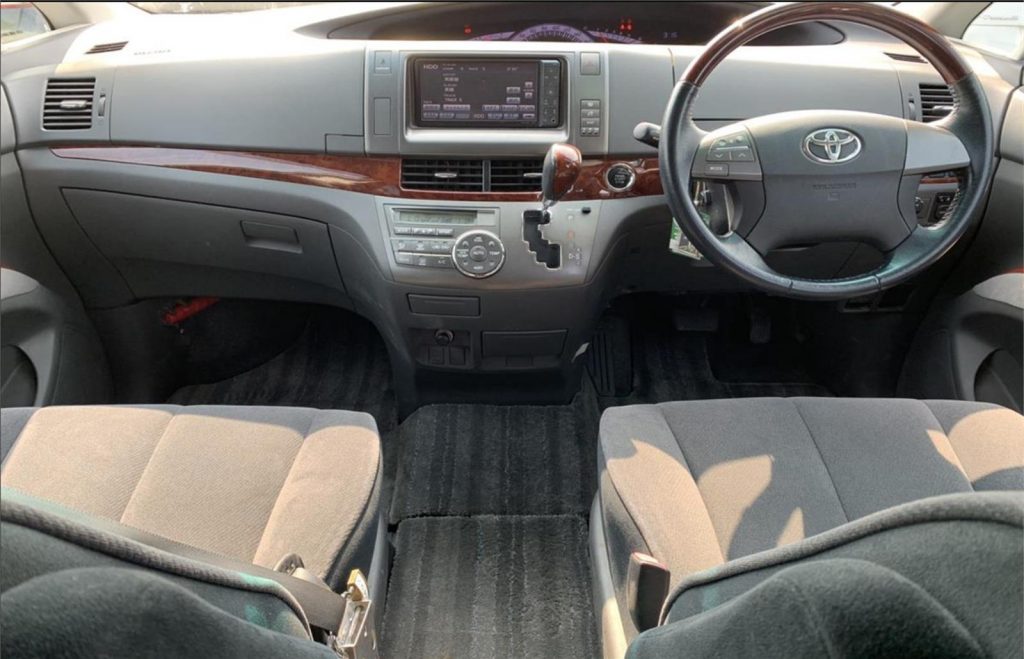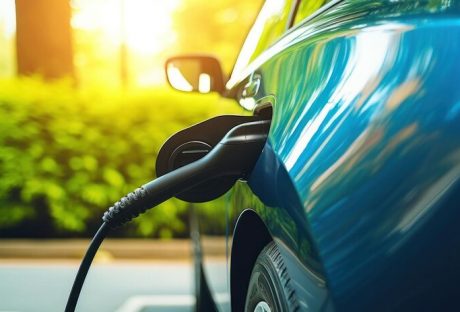Car buying is always exciting and, at the same time, stirring process. With so many brands available, purchasing one good transport isn’t always a straightforward path, especially if you have to pick a motor option among used vehicles for sale. Someone can afford to buy a new expensive car from the showroom, but those who do not have such financial opportunities try to search for a second-hand product in line with the budget while risking to buy a pig in a poke. Thus, obtaining a vehicle blindly without being prepared can be the gravest mistake you have ever made. When it comes to making life-changing choices related to the future car, to reach your motor dream, make sure a vehicle is thoroughly checked based on the main criteria like a mileage, the condition of the interior, the overall technical condition. What else is important to consider in order to avoid hidden traps like illegally altered or beat-up vehicles? Let’s find out.
Smart tips before selecting a car among used vehicles for sale
Know your desires and budget. As with any huge investments, you should start with your own requirements. First of all, determine the maximum amount of money and how much you can afford to spend. And, most importantly, decide on what kind of car is generally needed and for which purposes: sedan, SUV, van, family trucks, or maybe you are looking for used service vehicles for sale. The more precise parameters, the faster and more accurate the selection process will be, which means that you don’t have to look through a bunch of similar options. Take the following steps to be sure to gain the best possible outcomes when picking your automobile match:
- know your budget and timeframe;
- build a list of must-have features;
- create a target list of possible options and check the prices;
- learn the available cars dealership in your area;
- contact the seller to know if the company can satisfy your expectations on the desired car’s characteristics.
Your needs come first. The car should perform only those tasks that you set for it every day. Don’t try to buy a sport utility vehicle unless you plan on frequent off-road trips. Also, don’t consider people movers and family vans unless you need to carry more than 4 passengers with comfort – their maintenance will be more expensive in comparison with the usual car, and its versatility, probably, won’t come in handy too often.
Brand reputation is everything. There are hundreds of models on the market, but not all of them deserve a reputation as reliable and worthy of attention vehicles. In contrast to the new car market, where it is easy for buyers to be captured by marketing tricks, pre-owned vehicles cannot be bought impulsively and thoughtlessly. Choosing used vehicles for sale, the wisest decision is to invest in Japanese brands like Toyota, Nissan, or Delica. The reason is that Japanese imports can be checked by the auction houses before selling, where the vehicle’s condition can be analyzed through auction reports with an appropriate grade.
Minimal risks with a reputable Australian cars dealership
Searching for a solid motor solution, you need a dealership you can rely on. Best People Movers knows how to successfully deal with the import procedure of Japanese used vehicles for sale and fulfill your biggest design and security needs offering custom ordering services. Honest and fair experts help to get exactly what you want at reasonable prices.
Read Also:






















